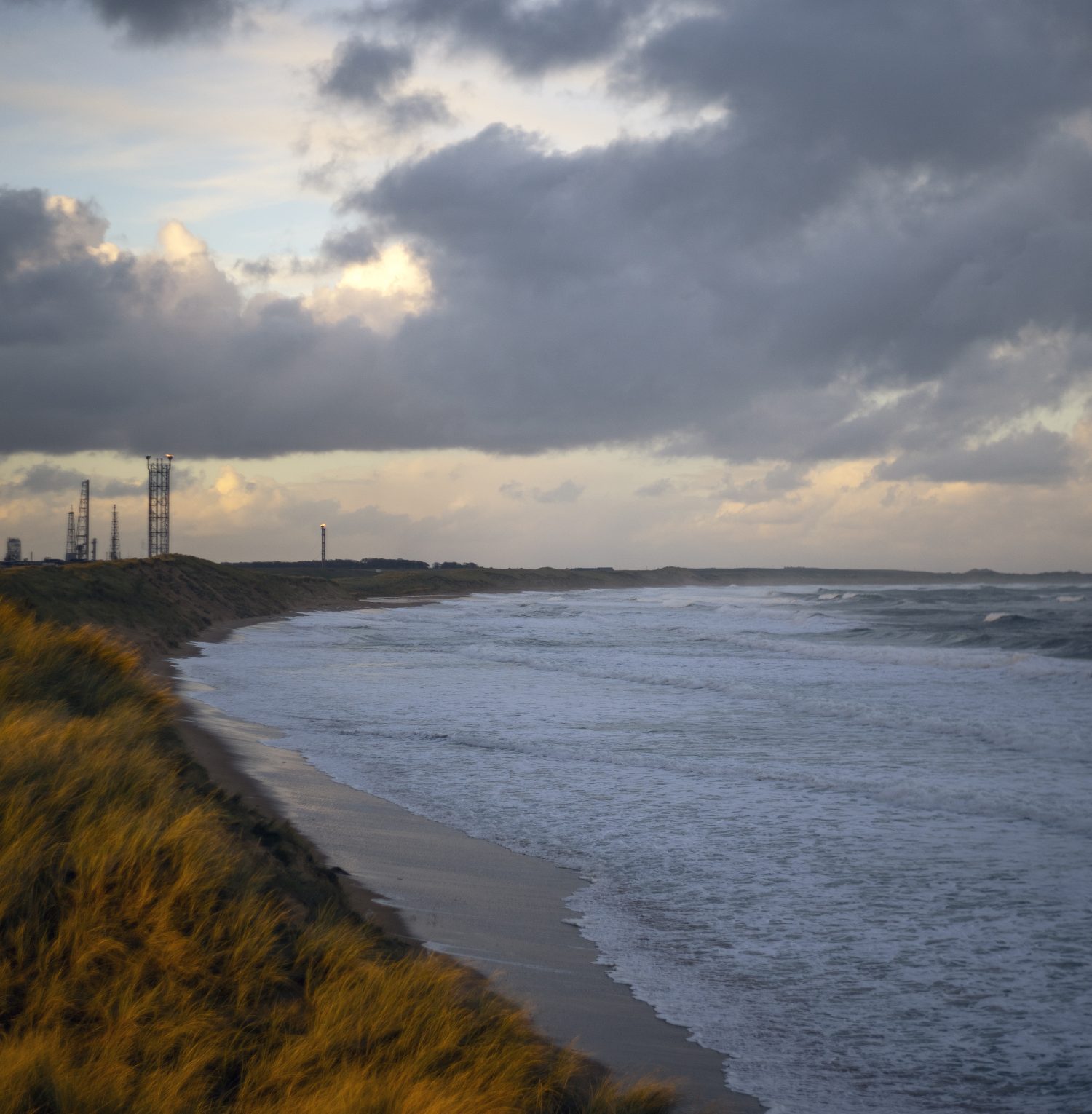Capture
The idea of capturing CO2 emissions before they hit the atmosphere may seem like a futuristic solution, but the technology exists and continues to mature.
ExxonMobil knows quite a bit about carbon capture and storage (CCS). It was the first company to capture more than 120 million metric tons of CO2 through CCS, which is equivalent to removing the annual emissions of more than 25 million cars.
The company’s scientists and engineers are working with outside collaborators to scale CCS to help capture CO2 from the natural gas used to power heavy industrial sites. Only 4% of the exhaust from natural gas turbines is made up of CO2, meaning it’s incredibly difficult to capture. Some have compared it to finding a needle in a haystack.
ExxonMobil’s work is vital because CCS is one of the few proven technologies that can help decarbonize energy-intensive industries and lower emissions to levels required to meet the world’s climate targets in the Paris Agreement. While renewables will also play a role, they are considered intermittent energy sources and may not be able to always keep up with the high energy demand required to manufacture products like concrete or steel.
ExxonMobil is also conducting early-stage research on two additional CCS technologies. One is using a fuel cell to capture emissions before they are released from a natural gas-fired power plant or an industrial facility. The other, known as direct air capture, aims to capture CO2 emissions directly from the atmosphere.
At scale, CCS could help reduce emissions from hard-to-decarbonize industries like manufacturing and power generation. Combined, these two sectors account for approximately two-thirds of the world’s energy-related emissions.
Once captured, the next step is to transport the CO2 underground, and store it safely, securely and permanently.
Storage
Storing CO2 is a complex undertaking that requires some of the same expertise ExxonMobil deploys to produce and supply the world with energy – in particular, the understanding of geologic formations. In the case of CCS, the company’s geologists identify underground sites in which to store the captured CO2 molecules.
CO2 can be safely stored in underground natural, porous rock formations. According to the IEA, high-level geological analysis suggests that the world has ample CO2 storage capacity – “between 8,000 Gt [gigatons] and 55,000 Gt.” Europe’s CO2 storage capacity alone is estimated to be more than 400 Gt.
One way to streamline the capture, transportation and storage of industrial CO2 emissions is through multiuser CCS hubs in places like Houston, Texas. This type of collaborative effort would capture emissions from ExxonMobil and other participating companies operating in the area. By 2040, the Houston hub could store about 100 million metric tons of CO2 annually in secure geological formations.
The hub could also act as a blueprint for other industrial areas across the United States, Europe, and around the world. ExxonMobil is currently participating in four European CCS “hub” concepts – in Antwerp, Belgium; Rotterdam, the Netherlands; Gravenchon, France; and Scotland in the UK. If these concepts prove successful, they could collectively capture millions of tonnes of CO2 per year.
Capturing and then safely storing the world’s industrial CO2 emissions is an ambitious endeavour, but it’s critical in helping to address the impact of climate change. ExxonMobil will continue doing its part to advance CCS and other emission-reduction technologies that could put the world on the right path towards a lower-emissions energy future.




